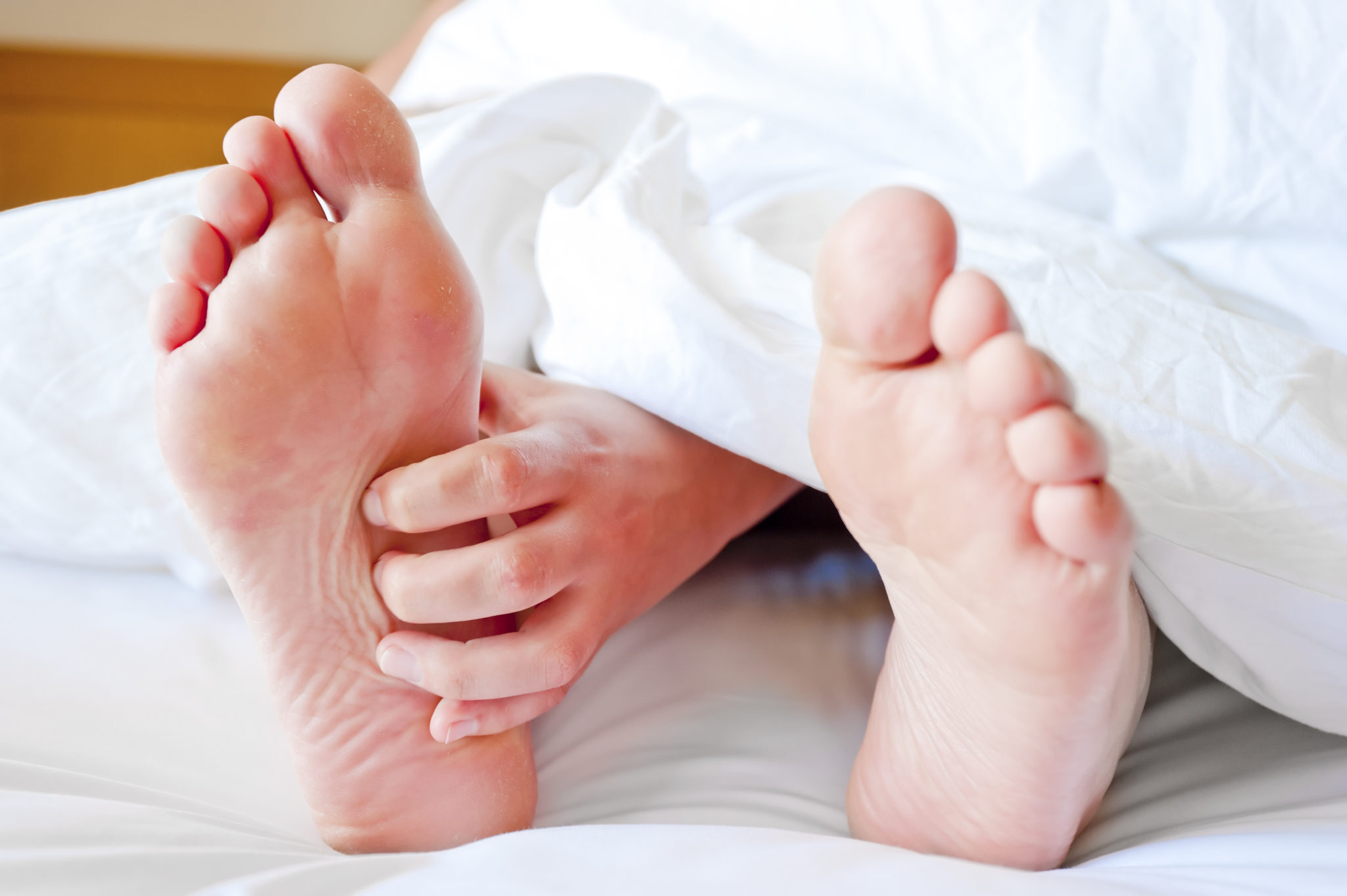
Periodic Limb Movement Disorder (PLMD) might sound like a mouthful, but understanding it can make a world of difference. PLMD involves repetitive movements of the limbs during sleep, often leading to disrupted rest. These movements typically occur every 20 to 40 seconds and can last for minutes or even hours. Imagine trying to sleep while your legs keep twitching! This condition can affect anyone but is more common in older adults. Symptoms include frequent awakenings, daytime fatigue, and difficulty staying asleep. If you or someone you know struggles with these issues, learning about PLMD could be the first step toward better sleep.
Key Takeaways:
- Periodic Limb Movement Disorder (PLMD) causes repetitive leg movements during sleep, leading to daytime fatigue. It can be managed with lifestyle changes, medication, and support from healthcare providers and loved ones.
- PLMD can be linked to genetics, iron deficiency, and certain medical conditions. Treatment may involve iron supplements, medication, and stress management techniques. Support from family, friends, and healthcare providers is crucial for managing PLMD.
What is Periodic Limb Movement Disorder?
Periodic Limb Movement Disorder (PLMD) is a condition characterized by repetitive movements of the limbs during sleep. These movements can disrupt sleep and lead to daytime fatigue. Here are some intriguing facts about PLMD.
- PLMD primarily affects the legs, causing them to twitch or jerk.
- Movements typically occur every 20 to 40 seconds.
- Each movement lasts between 0.5 to 5 seconds.
- PLMD is more common in older adults.
- It can occur in both men and women.
- The exact cause of PLMD is unknown.
- PLMD is often associated with Restless Legs Syndrome (RLS).
- Not everyone with RLS has PLMD.
- PLMD can lead to fragmented sleep.
- Daytime sleepiness is a common symptom of PLMD.
Symptoms and Diagnosis of PLMD
Recognizing the symptoms and getting a proper diagnosis is crucial for managing PLMD. Here are some key points to understand.
- Symptoms include repetitive limb movements during sleep.
- Movements are usually more pronounced in the first half of the night.
- PLMD can cause frequent awakenings.
- Sleep studies, or polysomnography, are used to diagnose PLMD.
- An electromyogram (EMG) measures muscle activity during sleep.
- A sleep diary can help track symptoms.
- PLMD is often diagnosed by a sleep specialist.
- Blood tests may be conducted to rule out other conditions.
- PLMD can be mistaken for other sleep disorders.
- Accurate diagnosis is essential for effective treatment.
Causes and Risk Factors
Understanding the potential causes and risk factors can help in managing PLMD better. Here are some insights.
- The exact cause of PLMD remains unknown.
- Genetics may play a role in PLMD.
- Iron deficiency is a potential risk factor.
- PLMD is more common in people with certain medical conditions.
- Diabetes and kidney disease are linked to PLMD.
- Certain medications can trigger PLMD.
- Antidepressants and antihistamines are known culprits.
- Stress and anxiety may exacerbate symptoms.
- PLMD can occur in children, though it's rare.
- Pregnancy can temporarily increase the risk of PLMD.
Treatment and Management
Managing PLMD involves a combination of lifestyle changes and medical treatments. Here are some effective strategies.
- Iron supplements may help if iron deficiency is present.
- Medications like dopamine agonists can reduce symptoms.
- Benzodiazepines are sometimes prescribed for PLMD.
- Anticonvulsants may be used in severe cases.
- Regular exercise can improve sleep quality.
- Maintaining a consistent sleep schedule is beneficial.
- Avoiding caffeine and alcohol can reduce symptoms.
- Stress management techniques like yoga and meditation can help.
- Cognitive-behavioral therapy (CBT) may be effective.
- Consulting a sleep specialist is crucial for personalized treatment.
Living with PLMD
Living with PLMD can be challenging, but with the right strategies, it is manageable. Here are some tips for daily life.
- Educating family and friends about PLMD can provide support.
- Joining a support group can offer emotional comfort.
- Using leg massagers before bed may reduce symptoms.
- Keeping the bedroom cool and comfortable promotes better sleep.
- Using weighted blankets can help some individuals.
- Practicing good sleep hygiene is essential.
- Keeping a symptom diary can help track progress.
- Regular follow-ups with a healthcare provider are important.
- Staying informed about new treatments and research is beneficial.
- Maintaining a positive outlook can improve overall well-being.
Understanding PLMD Better
Periodic Limb Movement Disorder (PLMD) can be a real challenge. Knowing the symptoms like repetitive leg movements during sleep helps in early detection. Treatments range from medications to lifestyle changes. Sleep studies are crucial for accurate diagnosis. While PLMD often gets confused with Restless Legs Syndrome (RLS), they’re not the same. RLS occurs when awake, while PLMD happens during sleep.
Managing stress, maintaining a regular sleep schedule, and avoiding caffeine can improve symptoms. If you or someone you know shows signs of PLMD, consulting a healthcare professional is important. They can provide a tailored treatment plan.
Understanding PLMD empowers you to take control of your sleep health. With the right approach, you can minimize its impact on your life. Stay informed, seek help when needed, and prioritize good sleep hygiene. Your well-being depends on it.
Frequently Asked Questions
Was this page helpful?
Our commitment to delivering trustworthy and engaging content is at the heart of what we do. Each fact on our site is contributed by real users like you, bringing a wealth of diverse insights and information. To ensure the highest standards of accuracy and reliability, our dedicated editors meticulously review each submission. This process guarantees that the facts we share are not only fascinating but also credible. Trust in our commitment to quality and authenticity as you explore and learn with us.
